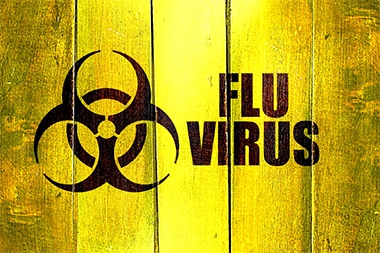Warmer weather means a lot of things in the United States—putting away the heavy coats, longer daylight hours, more time outside—but not necessarily the end of flu season, especially this year. The Centers for Disease Control and Prevention just issued a new warning that even though the H1N1 strain of influenza that has dominated the 2018–2019 season is on the wane, there’s been a recent uptick in cases of the stronger H3N2 strain. During the …
Read More









